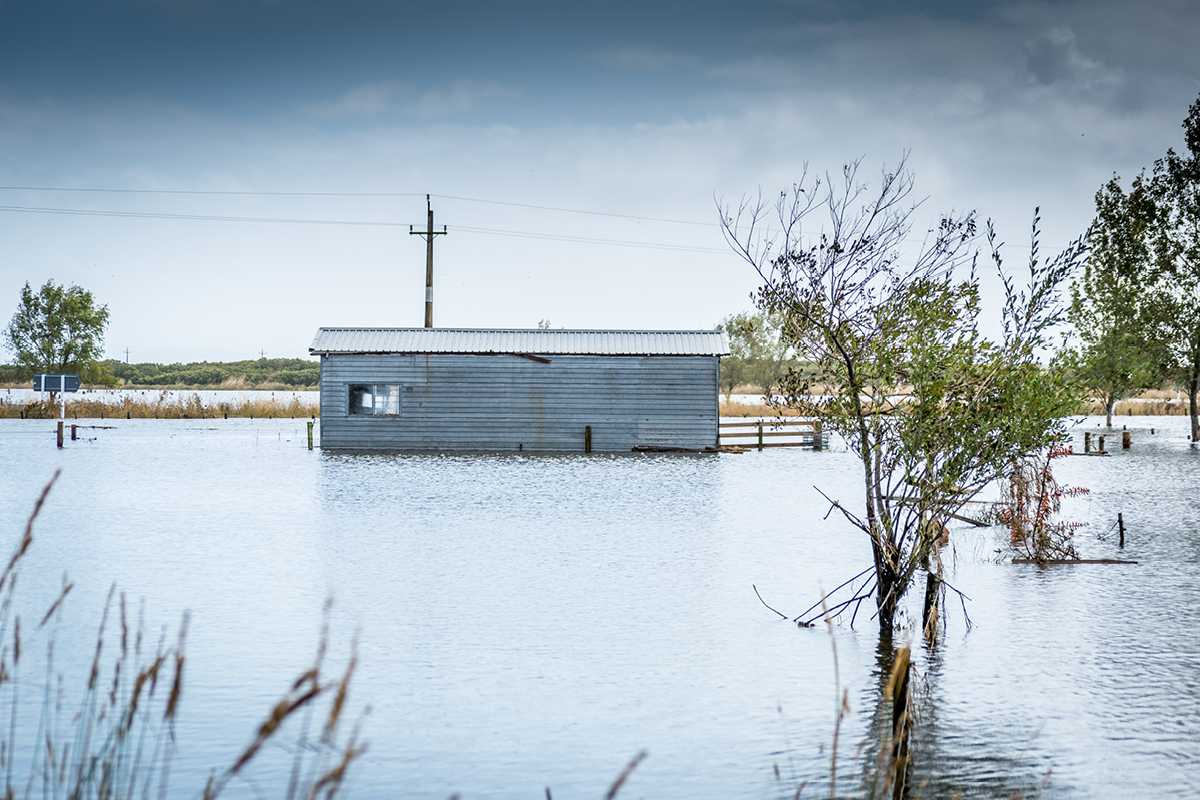
House prices flatten ... demand is down
Data from realestate.co.nz shows a nationwide downturn in demand, while figures from CoreLogic reveal prices are dropping.
2 May 2024
Increasing living costs, high interest rates, and recessionary pressures are having a major impact.
Nationally, searches on realestate.co.nz’s website per listing are down 10.4 per cent, and engagements per listing dropped 7.5 per cent year-on-year.
Meanwhile, prices shown in CoreLogic’s House Price Index data edged down 0.1 per cent in April, with the average value now $933,633, up about three per cent from September's trough, but still almost 11 per cent less than the peak.
On a regional level, searches per listing on realestate.co.nz were down or static in 13 of its 19 regions, and engagements per listing dropped in 11 regions.
Realestate.co.nz chief executive Sarah Wood says this indicates a cooling of buyer interest amid economic uncertainty. “It’s a significant shift as most regions have experienced year-on-year demand growth this year 2024 until now.”
She says economic reports show consumer confidence is down and that is reflected in declining demand for property. “Buyers are understandably cautious.”
About 59 per cent of existing mortgages (by value) are up for renewal within the next 12 months. “Those who fixed two years ago might soon move from interest rates of about three per cent to about seven per cent. This is likely pulling liquidity from the market and dampening demand.”
Financial system stable
Despite this, the Reserve Bank says the country’s financial system remains strong as mortgage borrowers adjust to the higher interest rate environment.
RBNZ deputy governor Christian Hawkesby in releasing the May Financial Stability Report says rising nominal incomes have helped many households navigate this transition.
However, he says some are doing it tough and reducing their spending or extending their repayment timelines to make ends meet, and some households are also facing heightened job uncertainty.
“While global inflation is declining from elevated levels and financial markets have priced in lower OCR rates over the next year, there remains a risk that new or persistent inflation pressures could mean global interest rates remain restrictive for longer, placing continued pressure on households, businesses and the financial system.”
Demand low
Contributing to waning demand, stock levels were notably high last month – echoing figures from 2015. Up 18.1 per cent on April last year, there were 33,815 homes available for sale.
New listings are also up nationally by 34.9 per cent year-on-year. As this follows an unusually low period in April last year due to weather events, these new listing levels are a return to normalcy rather than an indication of a boom.
Prices stall
It’s not all doom and gloom for sellers during an economic downturn, CoreLogic data shows.
Home value growth stalled last month, with the 0.1 per cent dip indicative of the indecisive nature of the property market.
CoreLogic’s House Price Index edged down 0.1 per cent in April, with the average property value now $933,633, up about three per cent from September's trough, but still almost 11 per cent less than the peak.
Below the “flat” national result, the main centres continue to show variability. Dunedin values rose 0.7 per cent in April, with Wellington and Hamilton seeing 0.4 per cent growth. But Christchurch and Tauranga flattened (-0.1 per cent apiece) and Auckland values dipped 0.6 per cent.
CoreLogic’s NZ chief property economist, Kelvin Davidson, says the continuation of soft house price trends in April reaffirms the sense of a “buyer's market” giving sellers reduced bargaining power.
“House prices are certainly lacking any strong momentum at present. Given the rise in total listings available on the market, as new properties come forward for sale, but actual transactions remain subdued, it’s no surprise price growth has flattened off,” he says.
“To be fair, buyers don’t have it all their own way. For a start, they’ve got to have their finance in place first, and that’s not easy with mortgage rates still hovering at about seven per cent. In addition, with new jobs still being filled and the unemployment rate relatively low for now, there aren’t many ‘forced sellers’ out there at the moment either.”
Even so, he says elevated stock levels mean finance-approved buyers are in the ascendency. “In this environment, I’d expect house price movements to remain a bit variable from month to month, and across regions too,” Davidson says.
The market is now close to finding out what system of capping debt to income ratios might look like, and although deposit requirements will probably ease at the same time, DTI limits are also a reason to be cautious about the housing market's outlook into next year.
Auckland housing market
Market performance was variable across Auckland last month, with Rodney the only area to see a small rise. Auckland City saw a minor decline, while Waitakere, Manukau and Franklin recorded falls of 0.6-0.9 per cent; North Shore and Franklin were more than one per cent down.
Over quarterly and annual horizons, the data also remains patchy across Auckland, with Rodney having seen values rise since January (2.1 per cent) and also compared to last April (0.9 per cent), but an area such as Papakura is now 1.9 per cent down since January, and Auckland City, for example, still five per cent lower than last April.
“The general variability of house prices across Auckland’s sub-markets is probably a timely reminder of the challenges buyers face from high mortgage rates and stretched affordability, even though they have more choice amongst the stock of listings on the market," Davidson says.
Wellington housing market
In contrast, Wellington’s wider housing market slightly strengthened, although values were still relatively flat in Kapiti Coast, Lower Hutt and Wellington City. Porirua and Upper Hutt were more buoyant, with 1.5 per cent and 1.4 per cent rises respectively.
Upper Hutt has shown the strongest gains over the past quarter (4.5 per cent) and the past year too, up 5.9 per cent since April 2023. Porirua is up 4.7 per cent in the past 12 months, with Lower Hutt and Wellington City recording 2.1 per cent annual growth.
Davidson says Wellington’s wider housing market has generally remained on an upwards trend over the past couple of months after recording larger falls through the downturn, but there’s a chance this could peter out in the near term.
“Significant public sector job cuts could well be undermining general economic and housing market confidence in Wellington.”
Main urban areas
Outside the main centres, the housing market recorded mostly modest gains in April, with the exception of Napier and New Plymouth, which both saw mild declines.
Rotorua was perhaps the only area that markedly stood out from the pack in April, with a 1.3 per cent rise in average values, although Whangarei, Nelson and Invercargill all recorded growth between 0.5-0.7 per cent.
“The house price results for April across many of the provincial markets just back up the headline result. That is, a market that has gone flat in the past few months, as conditions switch to favour buyers who have secured their finance.”


